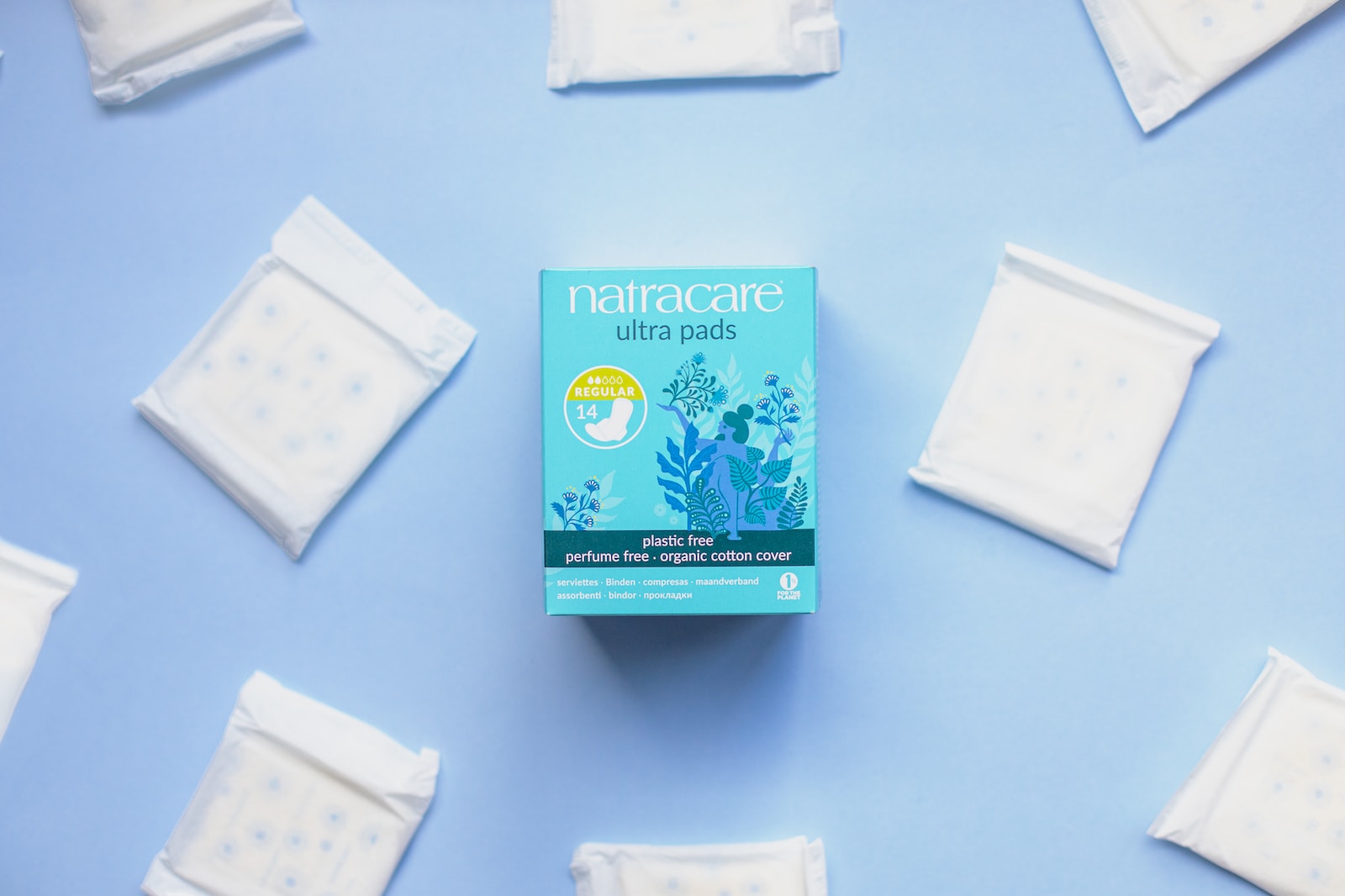Women sometimes have more milky white discharge during sexual arousal or near ovulation. This is normal and doesn’t mean you have a sexually transmitted disease (STI).
Men also secrete watery penile discharge called precum. This is a normal part of sexual arousal and can help lubricate the penis during intercourse.
Causes
The amount of watery discharge that comes out of the penis or vagina fluctuates throughout a woman’s life. It usually increases during ovulation, menstruation, pregnancy, or sexual arousal. It helps keep the genital area healthy by providing adequate lubrication and cleaning away harmful bacteria. Women should be aware of their own normal amounts of white discharge to spot any changes that might be a sign of a problem.
A thin, clear, and foul-smelling white discharge might be a sign of an STD. This could include gonorrhea, chlamydia, or trichomoniasis. The infections can be spread through unprotected anal or oral sex, as well as by contact with the infected genital fluids of another person. These infections can also be present without any symptoms, so it’s important to be screened for STIs on a regular basis.
Men can experience a lot of liquid white discharge, called precum, if they have sex or are sexually aroused. This fluid is a mix of salt, sperm, and sweat. It’s also healthy and helps lubricate the genitals and prepare for ejaculation. Men should wash their genitals with soap that’s free of fragrances and harsh chemicals. They should also clean sex toys and pads on a daily basis and use a clean cloth when wiping. This can help prevent bacterial infections, including penile or vaginal thrush.
Symptoms
Many women get a heavier amount of white discharge around the end of their menstrual cycle or when they are sexually aroused. This is usually normal, and a health care provider should only be consulted if the discharge has an abnormal colour, odor or texture.
Thick, white vaginal discharge with a strong fishy smell may be a sign of bacterial vaginosis (BV). This is an infection of the vulva caused by changes in the pH balance of healthy bacteria. It is more common in people who douch, have multiple partners or are on hormonal birth control. It can also be caused by antibiotics and other medications. It is treated with antibiotic tablets, cream or gel.
A similar type of thick, white penile discharge with a strong fishy smell may indicate STIs such as gonorrhea or chlamydia. These infections are also treated with antibiotics and can be diagnosed by visiting a GUM or sexual health clinic, or GP surgery.
A healthy pink or light yellow vaginal discharge with no odor is likely to be semen (sperm) released during sexual stimulation or arousal. It is an important part of healthy lubrication and can prevent vaginal infections.
Treatment
While most discharge is harmless, if it changes dramatically or has a strong odor, see your doctor. This may be a sign of an infection, pregnancy, or another health problem that needs treatment.
For example, a white, cottage cheese-type discharge with a foul, fishy smell could be bacterial vaginosis (BV). This occurs when the healthy balance of bacteria is disrupted and “bad” bacteria take over. BV is very common among sexually active women, especially those who have multiple partners. BV is not spread through sexual contact and does not cause significant symptoms, but it should be treated to prevent serious complications.
Other signs of BV include thick, grayish or yellowish discharge and irritation of the vulva. To treat BV, your doctor may prescribe an antibiotic ointment or vaginal tablet or pessary. These are usually available over the counter, but it is best to consult your physician about treatment options.
A physician can also perform a pelvic exam or wet mount to examine the vagina and cervix for abnormalities. They can also do a sex test to check for sexually transmitted infections such as trichomoniasis, gonorrhea and chlamydia. This involves collecting a sample of the discharge and sending it to a lab for testing. If STIs are the reason for more discharge, your doctor will prescribe antibiotics to treat them.
Prevention
Vaginal secretion varies from person to person, so there’s no way to prevent it. But you can help keep your vulva healthy by washing it with a gentle soap, using a plain water douche or vinegar rinse, and avoiding irritants such as scented products and pads. Also, wear breathable underwear and wash it regularly with soap.
If you’re a woman who is sexually active, more clumpy, slippery discharge around the time of ovulation (around day 14 of your cycle) can be normal. This is because the slippery discharge helps sperm swim to your cervix. But you should use a condom or some other form of contraception during this time and after, to protect against infection and prevent unprotected sex.
Women who are sexually active may also get bacterial vaginosis, which causes the balance of good bacteria to change and harmful bacteria take over. This is more common in women who have multiple sexual partners and can lead to STIs like gonorrhea or chlamydia.
Men can get a similar type of thick discharge that resembles semen, which is caused by Trichomonas vaginalis, an organism that can cause vaginal infections and irritation. It’s important for men to see a doctor if this is happening because these types of infections can be hard to detect without an exam and treatment.

